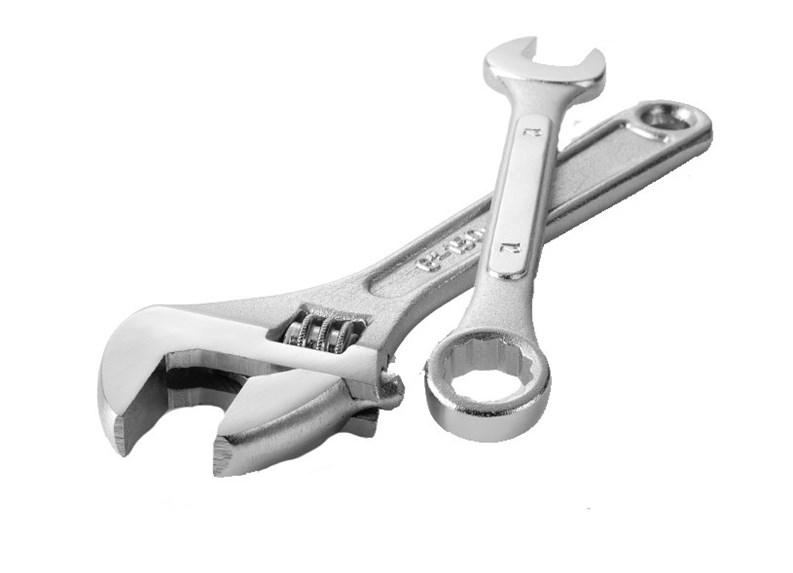A variety of HVAC technologies can be found in New York City's residential housing stock. Here's a look at some of the more common elements.Packaged Terminal Air Conditioner (PTAC) PTAC is
the acronym for packaged terminal air conditioner. PTACs typically include self-contained
heating and cooling components such as a compressor and electrical resistance
heating intended for mounting through-the-wall to serve a room or single zone
area.
Packaged Terminal Heat Pump (PTHP) A PTAC capable of using the air
conditioner refrigeration system in a reverse cycle or heat pump mode to provide
heat.Steam Radiator A steam radiator is a heater consisting of a series
of pipes for circulating steam or hot water to heat rooms or buildings.
Electric Baseboard Heat A type of heating system that generates heat
by passing current through a conductor, causing it to heat up. These systems
are packaged as a baseboard heater, typically mounted on the floor along the
baseboard of a room and often have a line-voltage thermostat dial control on
the unit.Fan Coil A fan coil unit is comprised of a finned-tube coil, an insulated
drain pan under the coil to collect condensate, a fan to move air through the
coil, filters, and a cabinet to house these components. Typically fan coils
are either located above ceilings and ducted to ceiling diffusers, or under
windows using console units. Console units are sometimes ducted through the
wall for ventilation air.
Two-Pipe Fan Coil System A two-pipe fan coil system consists of a fan
coil unit(s) with single coils, which are connected to two pipes (one supply
pipe and one return pipe) that either provide hot water or chilled water to
the fan coil. A building with a two-pipe system is either entirely in a heating
mode or entirely in a cooling mode. It is not possible to cool some rooms while
heating others.Four-Pipe Fan Coil System A four pipe system consists of a fan coil
unit(s) with separate heating and cooling coils, as well as separate pairs of
heating and cooling pipes. Hot water or chilled water is always available. The
system is able to instantly switch from the heating mode to the cooling mode,
or vice versa, and can provide heating to some rooms while simultaneously providing
cooling to other rooms.
Line-voltage Thermostat The typical line-voltage thermostat contains
a bimetallic strip that bends as the temperature changes to close and open a
switch. Refrigerant-tube or bulb thermostats use the change in refrigerant pressure
as temperature changes to actuate a switch closure. Unlike low-voltage thermostats
that carry very little current, line-voltage thermostats must carry the full
current drawn by the heating or cooling system. This can generate considerable
heat in the bimetallic element causing it to respond inaccurately.







Leave a Comment